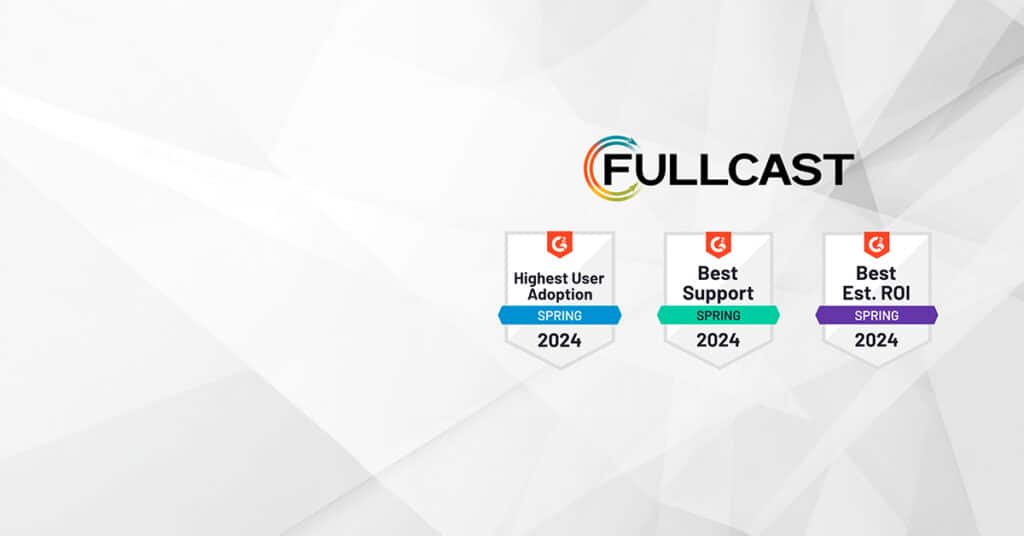Geographic sales territories are still the most common form of territory segmentation. But are geographic territories really the best way to maximize opportunity? The impact of Covid and the shift to remote selling has made this question all the more pertinent for many organizations.
Although geographic territories are easy to set up and manage, at the end of the day, opportunities will never be evenly distributed by geography. For example, depending on what you are selling, New York City will likely always have many more opportunities than Kansas City. This leads to fairness discrepancies (perceived or real) among your sales reps that creates morale and retention issues.
Neither do geographic territories maximize opportunities for the company as a whole. Your territories need to be tied to your overall corporate strategy. There are many possible ways you may want to segment accounts in order to maximize productivity and equity It may be more beneficial to distribute potential cash cow accounts differently than high growth accounts, or financial services accounts differently than health care accounts. Unless you are still doing in-person selling, it is almost certain that your ideal account segmentation will have nothing to do with where an account is located.
Territory Balancing Criteria
As you consider moving away from geographic territories, your corporate strategy related to roles, products, and markets will guide you. Ask yourself strategic questions such as, are you expanding into a new market, launching a new product, going after a growing TAM, or targeting a certain size company this year? Then pick your balancing criteria. There is no one-size fits all approach and multiple criteria are often needed to give team members a healthy mix of similar accounts. Consider using metrics that help you understand propensity to buy such as :
- Historical performance – e.g., geos, products, or accounts that have historically performed well
- Revenue potential – e.g., expected bookings, ACV, ARR, or sales cycle
- Product type – e.g., if you need a specialized team for a new SKU or have product level quotas
- Customer type – e.g., based on size, such as annual revenue, number of employees, or internally-defined account tiers
- Industry – e.g., certain verticals may require specialized expertise, such as financial services or government entities
- Account Score – e.g., from simple qualitative scores to sophisticated scoring models based on machine learning
Territories in Minutes with SmartPlan
This all sounds well and good in theory, but you are not alone if your RevOps team experiences heart palpitations at the thought of dividing and managing territories based on complex metrics. One reason geographic territories have persisted for so long is because they are relatively straightforward to create and manage. Managing complicated territory segmentation via spreadsheets is virtually impossible.
That’s why Fullcast introduced SmartPlan™. A SmartPlan makes it possible to create balanced territory plans in minutes, no matter the complexity, in some cases reducing territory planning time by 10-20x. With a SmartPlan, users specify the number of territories they want and prioritize any criteria on which to build their territories, such as number of accounts, ARR, account score or any other field or metric data. Plans can be created with minimal disruption to existing relationships, named accounts, or account hierarchies.
Once selected, the AI-powered rules engine automatically generates balanced territories. Users can immediately see the impact of the plan in each territory and tweak accordingly. When final, the new territory plan can be deployed to the CRM with the click of a button.
There are many different ways to take advantage of SmartPlan functionality. For example, Company A wants to balance by account score while minimizing disruption to existing reps. A SmartPlan allows them to minimize disruption by aligning existing accounts to the correct reps. Next, they run the SmartPlan to balance the territories by an account score they created in Salesforce. Once complete, managers are able to review their territories and make tweaks. This leaves some territories unbalanced so the Ops team runs the SmartPlan logic again to top up the territories and bring them back into balance, without affecting the manager changes. The territories are now ready to be pushed to Salesforce.
Many organizations are stuck in the past using geographic territory plans. This is not surprising because it is difficult to create optimized territory plans that follow your corporate strategy when reliant on spreadsheets and time-consuming manual methods. SmartPlan changes the game for how organizations can create and execute their territory plans. It saves your Ops team valuable time that can now be spent on strategy. And it ensures that you meet (or even exceed) your revenue goals by automatically optimizing your territories based on the KPIs and metrics that matter the most to your business.
You can learn more about SmartPlan here.











